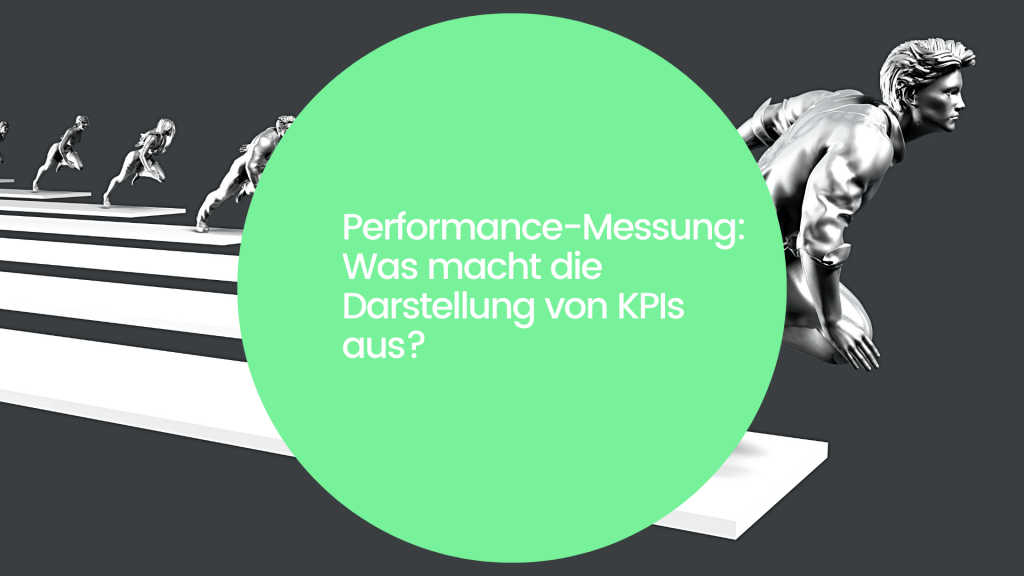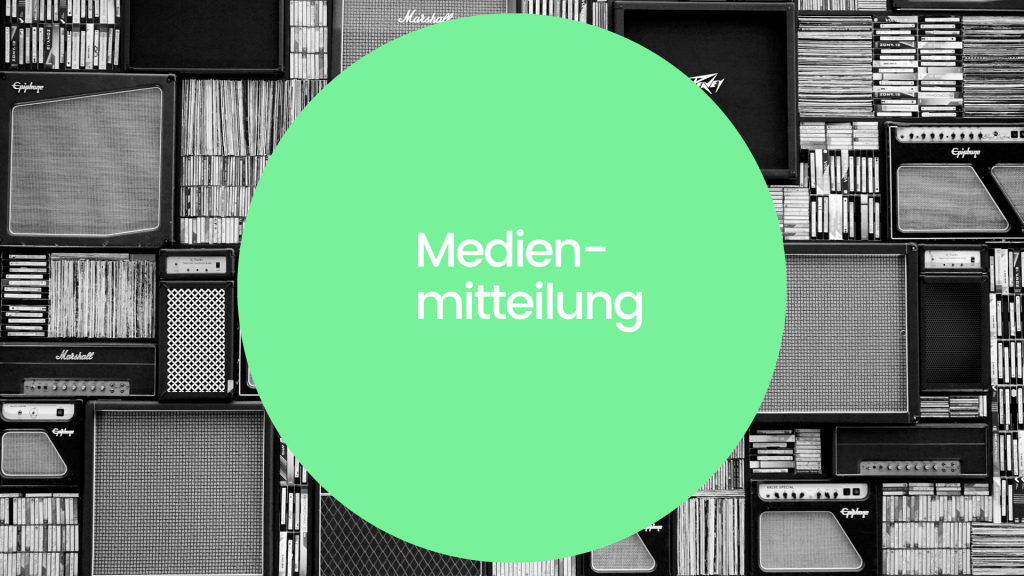We support you in meeting the regulatory requirements with SAP Business Objects (BO) Disclosure Management!
Compliance
Compliance with the new EU regulation
Check financial report at the touch of a button
The electronically readable file format iXBRL enables the digital analysis and interpretation of financial data. This will revolutionise the way analysts and investors do their company and industry analysis. In future, regulators will be able to check reports at the touch of a button. This will lead to more transparency and optimised investor protection. In addition, the use of AI will further improve the analysis possibilities in the future. The prerequisite for this is that the data is machine-readable.
Improve reporting quality
Individual software companies were already called upon to participate in ESMA's field tests in 2017. The tests also involved the reconciliation of the annual financial statements in iXBRL. Without going into detail about the results, they can be seen as an indicator for an increase in the quality of company reports.

What is Disclosure Management and Business Objects?

What is Disclosure Management?
Disclosure management - translated into German as management of disclosure - is the retention of internal and external reporting obligations (e.g. IFRS (International Financial Reporting Structure)) in business reporting and the associated group consolidation.
What is Business Objects?
- SAP Business Objects (BO) Disclosure Management is part of the SAP Enterprise Performance Management( EPM) solutions.
- EPM, and therefore Business Objects, is part of SAP's financial planning and reporting tools.
System landscape
SAP Business Objects
For those who would like to keep up to date with the introduction of ESEF, we recommend a direct exchange with us!
We look forward to hearing from you.

FAQs Disclosure Management
What is the current legal situation in disclosure management?
As of 1.1.2020, all European companies issuing securities within the EU will be obliged to to implement a new challenge: The European Securities and Markets Authority (ESMA) requires with the introduction of the new ESEF-Reporting, company reports in XHTML format or with the iXBRL-technology.
In the Final Report of ESMA of 18.12.2017 states it reads: "All annual financial reports shall be prepared in XHTML. If the annual financial report contains IFRS() consolidated financial statements, these must be marked with XBRL tags that are embedded in the XHTML document using inline XBRL technology. In the first two years, only the primary financial statements must be tagged. Thereafter, the entire IFRS (International Financial Reporting Standards) consolidated financial statements will be XBRL tagged."
What has the situation been like so far?
What are the advantages of the new file format iXBRL?
What is the aim of the new regulation?
With the new European Single Electronic Format (ESEF), the digitalisation of corporate reporting is being advanced. The aim is to optimise the availability and accessibility of corporate reports. On the basis of IFRS, an own ESEF taxonomy has already been developed, with which all standard and documentation labels are available in all languages.
Which parts of reporting are affected by the introduction of ESEF?
In principle, the regulatory technical standards of ESEF concern (RTS for short) in the first two years concern the primary components of the annual financial statements. This includes the income statement, the balance sheet, the statement of comprehensive income, the cash flow statement and the statement of changes in equity. After two years, the notes to the IFRS consolidated financial statements must also be marked with so-called XBRL block tags.
KNOWLEDGE
Useful information
The definition of entrepreneurial goals (e.g. a 5% increase in turnover) is always done by means of so-called key performance indicators (KPIs).
Group planningSystem-based data collection and consolidation of P&L-related planning in SAP About Sto SE & Co. KGaA Sto SE & Co...
Media Release April 2021, s-peers AG - Lohstampfestrasse 11 - CH-8274 Tägerwilen Sensirion and s-peers: using environmental sensors to develop a concept for...
More efficient reporting: Successful development and implementation of a structured process for monthly consolidated financial statements About Sto SE & Co. KGaA Sto SE...



